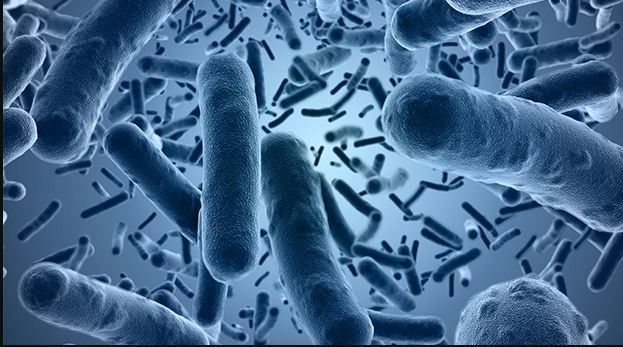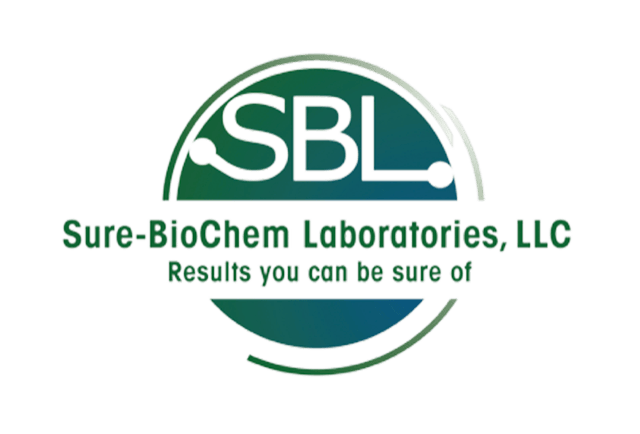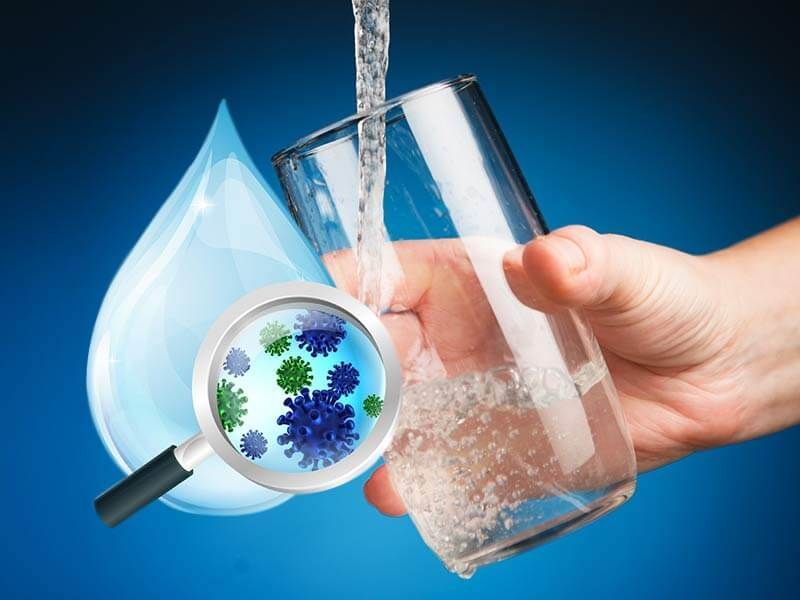Breaking Down Bacteria Culture Analysis
Bacteria is common among all walks of life. It’s in the environment, inside us, upon us. Although a large portion of bacteria is harmless, many can cause diseases and illnesses.
So what is a bacteria culture test?
A bacteria culture analysis is used to determine if you have a bacterial infection. It can also help doctors determine the origin of the infection. This then helps them decide the best antibiotics to treat it.
Things to Know Before Taking a Bacteria Culture Test
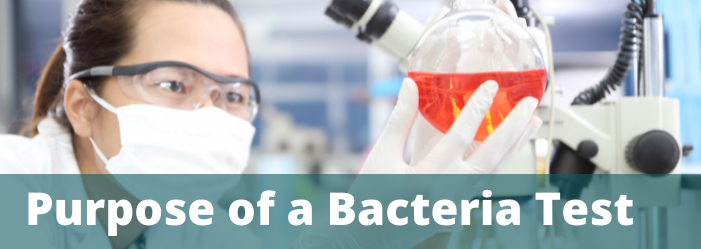
Primary health care providers may be the ones who directly order a bacteria culture analysis for a patient.
Some of the most common needs for a bacteria test is to check for infections like bronchitis, food poisoning, pneumonia, and many more common ailments.
How does the test work?
In order to begin cultivating bacteria or check for any antibiotic sensitivity, doctors take a small sample of the substance from your body or blood.
The health care specialist then sends the sample to a lab where experts use special tools to help foster microbiological culture. This essentially means they create a controlled environment where the organism can grow so they can sufficiently observe it under a microscope.
Environmental monitoring
is one of the most widely-used techniques to observe microbiology.
Types of bacteria culture analysis
There is a large variety of tests that examine different parts of the body based on the potential area of infection.
Applications of bacterial culture tests cover a wide span of ailments.
For example, a blood culture test checks for the potential occurrence of sepsis throughout a person’s entire body. Where a more specific test like sputum culture checks for any potential infection deep in the lungs.
There are many more tests like cerebrospinal fluid culture, stool culture, and throat.
Risks to watch out for
Cleveland Clinic advises that bacteria culture tests have very low risks and most complications are not severe.
Although blood cultures may have a small chance of infection or bleeding because they involve needles. But otherwise, those are natural risks that can be associated with many simple medical procedures.
Methods to Perform Bacteria Culture Analysis
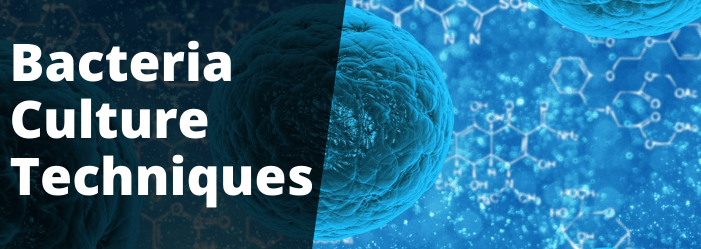
As mentioned before, there are many methods for cultivating bacteria in a test.
Genomic analysis methods are necessary to detect and validate the potential phenotype of a bacteria’s presence.
Despite all the various ways scientists conduct microbiological culture analysis and genomics, they all have the same purpose. Which is to check for food contamination and ensure the safety of food for distribution.
Aerobic v. anaerobic culture
Bacteria that can grow in the presence of oxygen are considered aerobic culture. Of course, scientists still develop controlled environments where the atmospheric conditions are perfect to further multiply the microorganism.
Cultivating bacteria can also happen in environments with low oxygen, such as in deep wounds or in the ocean. This is referred to as anaerobic culture.
Finally, there are also ways to perform a bacteria culture analysis in both environments. This is mostly needed when a bacteria switches from aerobic respiration to fermentation, referred to as facultative anaerobes.
The use of media
Microbiological culture is best observed under the provision of nutrients inside the medium. Scientists typically have a wide selection of formulations they can use depending on the bacteria and
microbial monitoring
is one of the best techniques used.
The process is explained by
Technology Networks
, who says that complete media is helpful when trying to get the bacterial cells in good condition. While minimal media just provides the bare necessities so the bacteria can survive, yet have its pathways manipulated by scientists.
Culture both
Culture broth is one of the best ways to exemplify the applications of bacterial culture because of its necessity to check for food contamination.
Culture broth uses liquid media to dilute waste products as the bacteria has access to available nutrients to grow rapidly.
This method is especially helpful for bulking up a microbiological culture in food production or to extract DNA from them afterwards.
Nutrient Agar
Top Applications of Bacterial Culture Analysis
A pure bacterial culture is essential to ensure that strong medicinal products can be produced with no antibiotic sensitivity present.
The National Center for Biotechnology Information
expresses how important it is to monitor incubation time, nutrients, atmosphere, temperature, and much more when cultivating bacteria.
It is only when these very specific conditions are met that bacteria culture analysis can really succeed and produce meaningful antibiotics.
Diagnose infection
The most important application of bacterial culture, as mentioned before, is the ability to diagnose infection. Although it may take a while to identify bacterial species, it is still a helpful tool to isolate the presence of a specific pathogen.
Whenever someone may wonder, what is a bacterial culture test, this is the most prominent purpose of one.
Isolating the bacteria will confirm its ability to reproduce. From there, scientists can better determine transmission risks and potential antibiotic sensitivity.
There are many different bacteria out there that can cause infections. Exploring
microbial contamination
can help you learn more about them.
Develop vaccines and fight pathogens
To fight a potential bacterial pathogen, it’s important to culture the pathogen too. Culturing strains of them to understand their genomes is crucial to develop vaccines that fight viruses.
Scientists may also grow pathogens during bacteria culture analysis and test them on a controlled subject to determine the dosage needed to treat the illness.
If more of the bacteria is needed to fight the vaccine, they would help the microorganism reproduce more until it’s enough to build immunity.
Food production
Of course, the ability to check for food contamination is one of the best applications of bacterial culture.
When it comes to food, bacteria is commonly split into probiotics and starter cultures. Probiotics are cultured for human consumption and tend to be the best choice when producing food.
Maintaining a culture that is free of contaminants is essential for food safety.
Epidemiological study
Genetic manipulation
Manipulating the DNA properties of bacteria can help scientists develop vaccine strains and produce specific proteins to help fight illnesses.
Mutating or inserting genetic material is a fundamental aspect of bacteria culture analysis and can help develop a specific strain needed to produce medical products.
Get an Experienced Microbiologist to Perform an Analysis!
As you can see, culture-based genomics is a powerful tool to help understand the nature of various bacteria. Scientists know that there are great advantages and limitations to these techniques and they are actively working to employ all methods efficiently.
Bacteria culture analysis is necessary to detect and determine the viability of bacterial genetics. This, in turn, helps with the production of medicines and vaccines.
These tests also help with determining the cause of a disease of illness in your own body, which doctors can then use to diagnose a treatment.
Bacteria culture and
microbiological analysis tests
have become one of the most commonly-used, beneficial scientific processes to date!
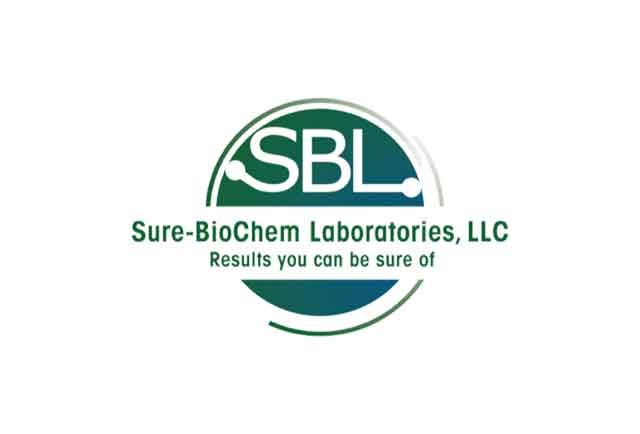
Need Our Help? Fill Out a Service Request Today!
We're here to assist you with all your needs. Please complete our service request form to ensure we provide the best possible service.
It's quick and easy—tell us a little about your request, and our team will reply promptly. We look forward to serving you!
Blog Contact Page
